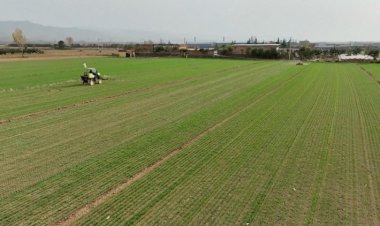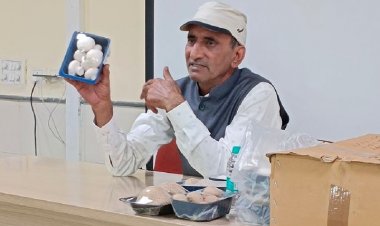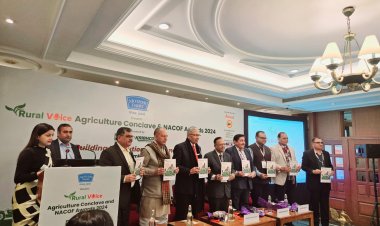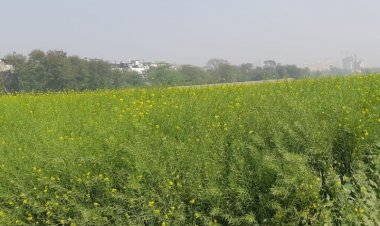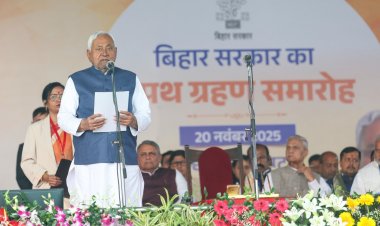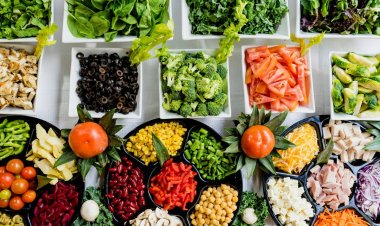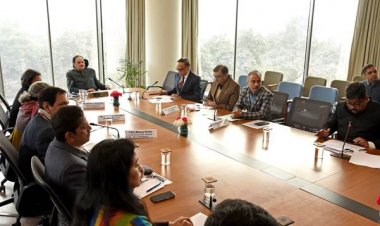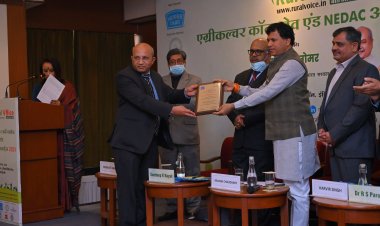Massive hike in fertilizer prices due to Russia-Ukraine war; efforts to find new import sources gather pace
Fertilizers, including MOP, DAP and urea, and their raw materials are witnessing a massive increase in their prices due to the Russia-Ukraine war. The April loading prices for MOP have gone up to $670-700 per tonne for Asian countries while the prices in the US have gone to the level of $677-685 per tonne. When it comes to fertilizers, especially MOP, India is heavily dependent on Russia and Belarus. It imports about 46 per cent of its MOP requirements from these two countries.
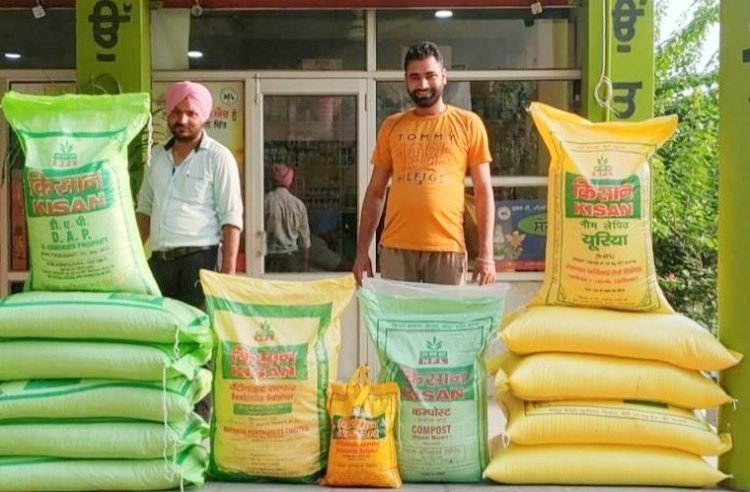
Fertilizers, including Muriate of Potash (MOP), Di Ammonium Phosphate (DAP) and urea, and their raw materials are witnessing a massive increase in their prices due to the Russia-Ukraine war. The April loading prices for MOP have gone up to $670-700 per tonne for Asian countries while the prices in the US have gone to the level of $677-685 per tonne. When it comes to fertilizers, especially MOP, India is heavily dependent on Russia and Belarus. It imports about 46 per cent of its MOP requirements from these two countries.
The sanctions imposed by the Western countries on Belarus and Russia due to the war are leading to a crisis of availability and Indian companies have to find other import sources. But doing the latter is not easy because 40 per cent of total MOP imports of the country had come from Belarus in 2021 and 5.95 per cent from Russia. Thus, 45.95 per cent of MOP was imported from these two countries last year.
The price of phosphoric acid, the raw material for DAP, has also reached $1,530 per tonne. According to fertilizer industry sources, the price may go up to $1,700 per tonne in the current circumstances. The price of urea, too, has gone up by $100 per tonne to reach $900 per tonne and is expected to further climb up to $1,000 per tonne. Besides, the import costs are also going up as the rupee has weakened by about a rupee against the dollar in recent days. Given these circumstances, the government is once again under increasing pressure to hike the subsidy for these fertilizers. According to sources, the government may announce new subsidy rates by the end of the current month.
A senior official of a fertilizer major said to RuralVoice, “There is no crisis of availability as of now because some time is left before the consumption of fertilizers starts for the Kharif season. Fertilizer consumption for the Kharif season starts from June. So, the conditions may be difficult if this situation draws longer.”
However, the abovementioned official says, “We are trying to import fertilizers from other countries.” These include Germany, Canada and Jordan. But it is not very easy to look for alternatives to the huge quantities of imports from Belarus and Russia. He says, “The fertilizer industry has been successful in managing the situation in periods of crisis many a time and we are confident that it is possible to ensure fertilizer availability in the country once again.” According to sources, the government has asked the industry to continue with maintaining the availability of fertilizers along with looking for new sources of supply.
Decontrolled fertilizers are imported under the Open General Licence (OGL) and the government provides subsidies on these under the Nutrient-Based Subsidy (NBS) scheme. It is the respective companies that fix the prices of these fertilizers. It is a separate issue that over the last one year the government has tried to control the fertilizer prices to a large extent by hiking the subsidy on two occasions, thanks to the massive increase in the prices of DAP, MOP and NPK fertilizers.
Currently, the MOP prices come to Rs 45,000-48,000 per tonne for the farmers on the basis of international prices. In such a situation, in order to make fertilizers available to the farmers at fair prices, subsidies will have to be steeply hiked, or else prices will shoot through the roof. Similarly, the prices of phosphoric acid and urea have substantially increased and may only increase further.
These price hikes due to the war have posed a twofold challenge before the government. The first problem is that of fertilizer availability because ship movement has nearly halted in the war zone. Banks are increasingly hesitating to issue LCs to companies for import deals and insurance companies, too, are exercising caution.
Secondly, the government has gone for a massive reduction in provisions for fertilizer subsidy in the Budget for the coming financial year (2022-23) while the present circumstances are to the contrary. However, the government may allow the companies to increase the prices of decontrolled fertilizers to some extent because of the increasing prices. That is, it is increasingly likely that some decontrolled fertilizers, including DAP, will get dearer.



 Join the RuralVoice whatsapp group
Join the RuralVoice whatsapp group


















